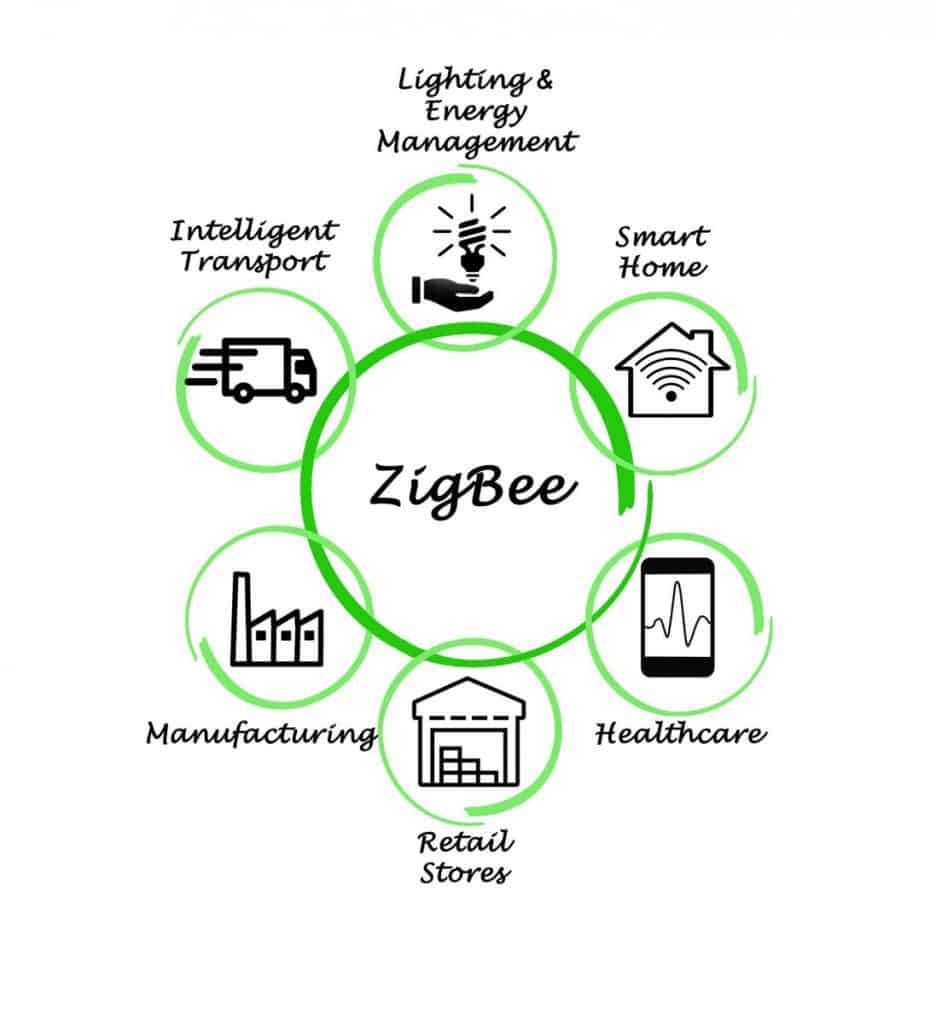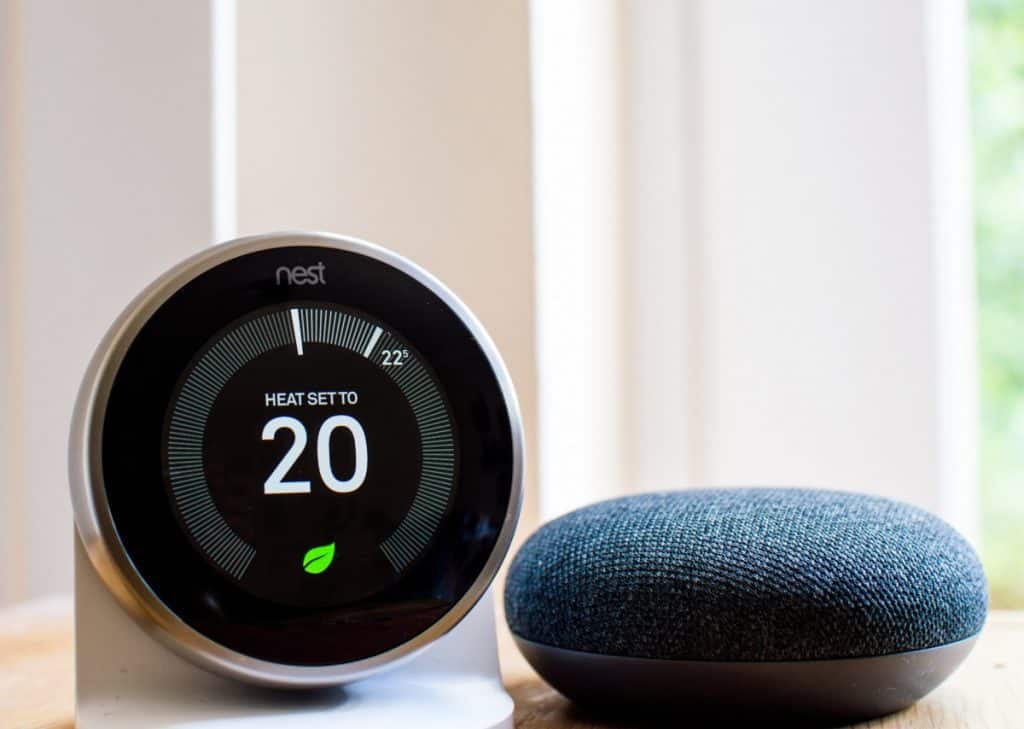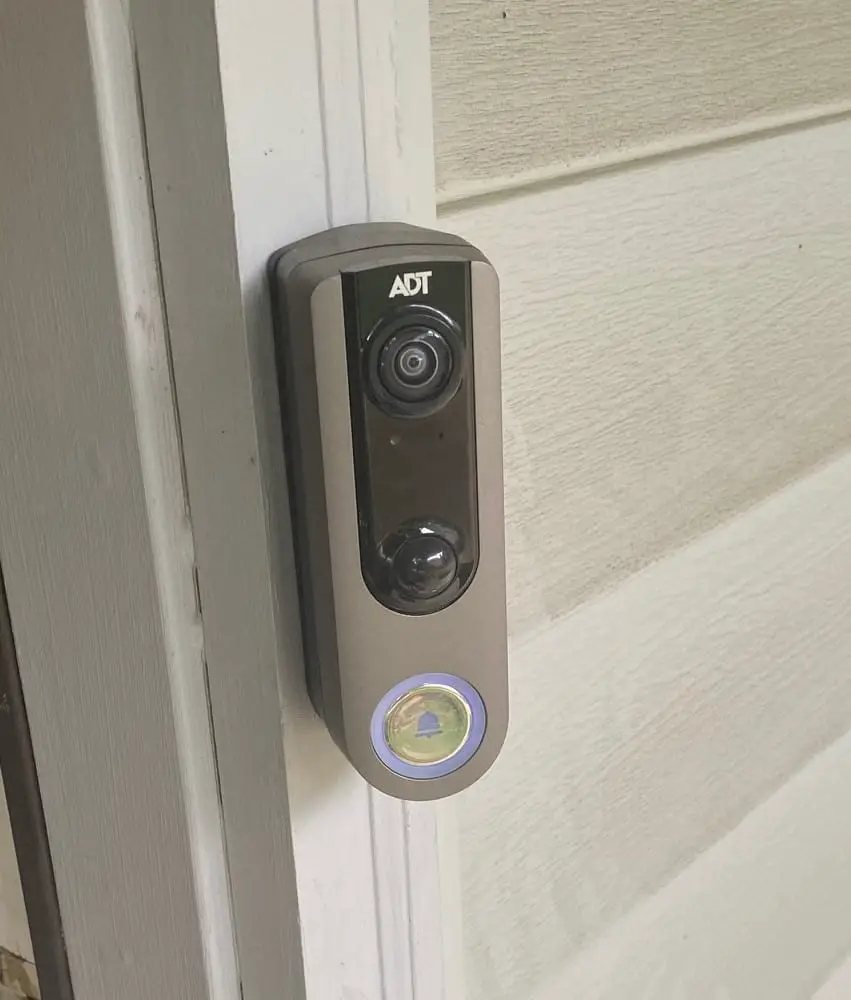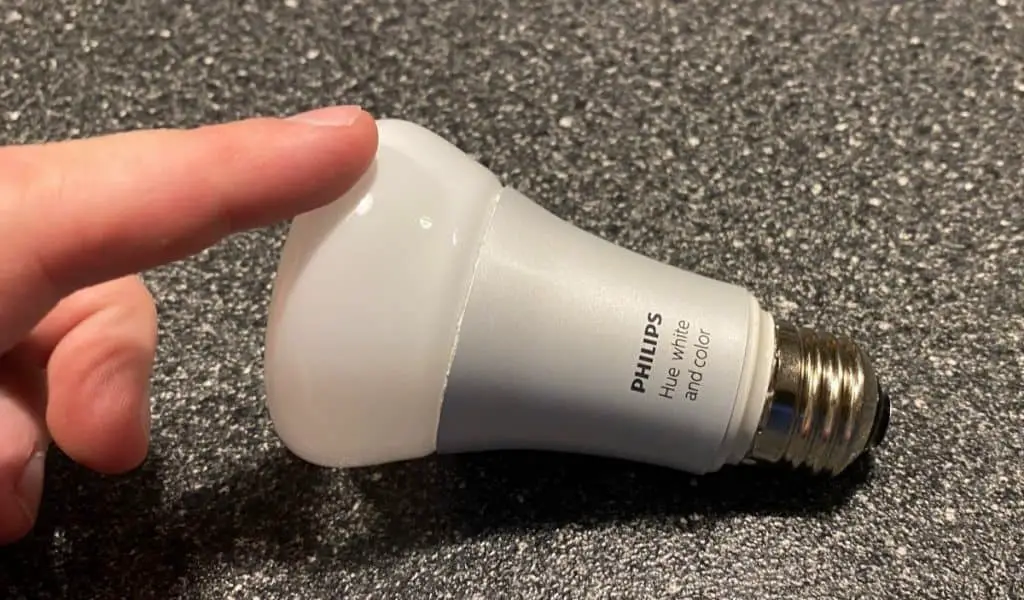Home automation allows all your smart gadgets to work together in harmony. For example, you could make a magical morning routine that looks like something from a 90s Sci-Fi movie. But is home automation worth it, or is it just another marketing gimmick?
Home automation is worth it for most people. You can automate daily routines using different smart home gadgets. It makes your life more convenient, and it can save on energy costs too. The only major disadvantages for most people are the initial costs and the difficulty of setting everything up.
The rest of this article will explain who home automation is for and what the pros and cons are.

Who Is Home Automation For?
Home automation is for everyone looking to improve their day-to-day life. Smart gadgets reduce the time and effort it takes to make a cup of coffee, turn the lights on and off, vacuum, etc. It’s especially great for tech enthusiasts and tinkerers who love to impress their guests.
I absolutely love home automation. But I also understand that many people are afraid of getting started.
After all, it takes a lot of research, time, effort, and money to build a fully automated home. But it’s so worth it.
You don’t have to create 20 scenes using 40 different gadgets from the get-go. That’s great for tech enthusiasts who want to achieve maximum efficiency.
But it’s alright if you make one or two automations to get started. I truly believe that home automation is for everybody.
If you’re a parent, home automation is especially useful to you.
You can do everything from automatic door locking to light switching. And you can use an in-home camera to monitor your children and pets.
But if you’re saying that you’re still not convinced, what about essential safety?
Let’s say you use a pellet stove to keep your home warm in winter. You could use a carbon monoxide detector to turn the pellet stove off as soon as it detects the dangerous gas.
Of course, you don’t need to have a smart pellet stove for this. Instead, a smart plug would communicate with the smart carbon monoxide detector.
Speaking of smart plugs, I’d say they’re the staple of home automation. You can use them to turn on or off any home appliance that plugs into the wall.
I recommend the Kasa Smart Plug from Amazon.com. It works via 2.4 GHz Wi-Fi using the Kasa app. You can voice control it as well, so it’s a perfect all-around gadget.
Is Home Automation Difficult?
Home automation isn’t difficult to get started. You can begin by creating a few simple automations and add more devices later. You can easily automate two to three devices to work together, even as a beginner.
People often get confused by the complexities of home automation. After all, there are tens of thousands of smart home gadgets on the market.
There are even multiple protocols used for automation, such as:
- Wi-Fi
- Zigbee
- Z-Wave
- BLE (Bluetooth Low Energy)
And just because two devices use the same protocol doesn’t mean they work together.
For example, HomeKit uses Wi-Fi, but it’s impossible to automate with non-HomeKit devices. That’s unless you use the Homebridge workaround, which requires a lot of tinkering.
However, you can make home automation much easier. I strongly recommend sticking to a single protocol. Even better if it’s not Wi-Fi because it’ll still work if there’s no Internet.
Let’s say you picked Zigbee.
Only buy Zigbee compatible devices and use a hub to control them. There are many smart hubs to choose from, but the 4th Gen Echo from Amazon.com is probably the best.
It’s a sleek device that you can use to voice control and automate your whole home. It supports Zigbee and Wi-Fi, so you’ll have no trouble creating some cool automations with it.

Benefits of Home Automation
Home automation in a smart home has several attractive benefits. Once you set up your routines and scenes, it’s hard to live without them.
So, let’s see why both enthusiasts and non-technical individuals have fallen in love with home automation.
Home Automation Makes Routine Tasks Convenient and Easy
The most magical home automations for me are morning routines. You can make an automation that’ll gently wake you up and get you started.
For example, a smart speaker could tell you the weather and the news, smart shades would slowly uncover the window while the smart coffee maker is brewing you a fresh pot of coffee.
Of course, you could add even more to a task like this one. Maybe you want to set the lights to 30%, or perhaps you want to play music from your home theater.
But all of this is barely scratching the surface of home automation.
If you automate all the lights in your home, you’ll never have to flick a light switch in your day-to-day life. That’s super convenient when your hands are full.
You can also automate your garage door opener and door locks using geofencing, which is a new technology that can recognize your location and then trigger a task to occur.
So, when you’re near your home, the phone will send out a signal to your smart home. Your hub will then tell the garage opener and door locks to activate.
You can then walk right into your home without lifting a finger to push a single button.
Want even more convenience? Automate the lights to turn on as well if you come home at night. Turn on a smart thermostat as well so your home won’t be too cold or too hot.
Speaking of smart thermostats, they let you change the schedule and temperature remotely. That’s super convenient for those times when you come home early.
One of the best smart thermostats is the Google Nest Learning Thermostat from Amazon.com. It can create a schedule on its own, so you never have to think about it. Plus, it saves energy.

Home Automation Lowers Your Electricity Bill
We all know that smart thermostats save energy. A survey by ecobee found that their thermostats save up to 26% on heating and cooling costs.
That can mean hundreds of dollars every year, depending on how much you use it. A dollar saved is a dollar earned, so why not?
After all, the thermostat will easily pay for itself in a year or two.
The same argument can be made for smart lights. Any LED light uses about 75% less energy than its incandescent cousin.
So, if you’re replacing traditional bulbs, you’re already saving a ton of money.
Combine it with home automation for automatic switching as you walk in and out of the room. You’ll help in reducing energy waste and global warming.
Cameras and Sensors Improve Home Security
A combination of motion sensors and cameras can stop a burglar. You can activate outdoor wireless motion sensors when you’re not at home and make them trigger an alarm.
The alarm could play on your smart hub, home theater, and any other speaker. You’d also get a notification as soon as it happens, and the camera can send you footage.
Also, a doorbell camera can catch package thieves.
The Ring Video Doorbell from Amazon.com records 1080p footage that you can hear and see. And you get a notification when someone’s on the porch.
Admittedly, these smart gadgets work great as standalone units too.
Nonetheless, you can automate it with the garage door to unlock the door when you’re home.

Home Automation May Prevent Safety Risks
Smoke, carbon monoxide, and water are all dangerous. You can rig them to turn off whatever caused the issue as soon as it happens.
I previously mentioned an example of pellet stoves, smart plugs, and carbon monoxide detectors.
But water leaks are very dangerous too.
You can turn off your HVAC system as soon as it detects a water leak near the boiler.
It’s Easy To Add New Gadgets to Your Smart Home
Many people think that once you automate everything, it’s set in stone.
But this simply isn’t the case. You can create a dozen automations and then add a new device if you want to. Maybe you want to automate one more LED strip or light bulb.
Or perhaps you want to create a whole new scene around one device like your TV.
Whatever the case, you can always add and remove gadgets and then change the automations accordingly.
Drawbacks of Home Automation
If home automation is so fantastic, why doesn’t everyone have it?
I’ll go over a few important considerations that you should pay attention to before automating your home.
Smart Gadgets Are Expensive
Even the cheapest smart LED strips, light bulbs, and plugs are often twice or even three times the price of the regular thing.
Unfortunately, this reason alone is why the general public is still reluctant about home automation.
Many say, “Why should I buy a smart light switch if it takes me half a second to flip it?”
And this is a valid argument. If the convenience isn’t worth the money and effort, then it’s hard to convince you.
It’s worth trying one or two smart gadgets and automating them just to see if it’s worth it. For example, a cheap and simple combination would be a wireless motion sensor and a light bulb.
If you still don’t like it, it’s not worth the price.

Initial Setup Is Time-Consuming and Difficult
Another major point against home automation is that it’s so hard to set it all up. Sure, techies love to do that, but not average individuals.
For example, it takes about 15-20 minutes to install a smart light switch or smart thermostat.
And when you have 20 gadgets, automating all of them becomes increasingly difficult. Maybe you paired the wrong motion sensor with a smart plug.
Or you rigged the water sensor to turn off a lamp instead of your washing machine.
Whatever the case, home automation can get very complex.
Compatibility Issues Are Difficult To Work Around
As if setting everything up wasn’t already difficult enough. Hundreds of smart gadget manufacturers use dozens of different technologies.
Not all of them work together.
In fact, many of them don’t. A universal hub could help you alleviate this issue, but not always.
Final Thoughts
Home automation is for you if you’d like to automate all your routines.
You’ll have to vacuum less, you’ll never have to press a light switch, and you’ll spend less time adjusting the thermostat.
The only major downsides are that it’s complicated to set up and it’s expensive.
